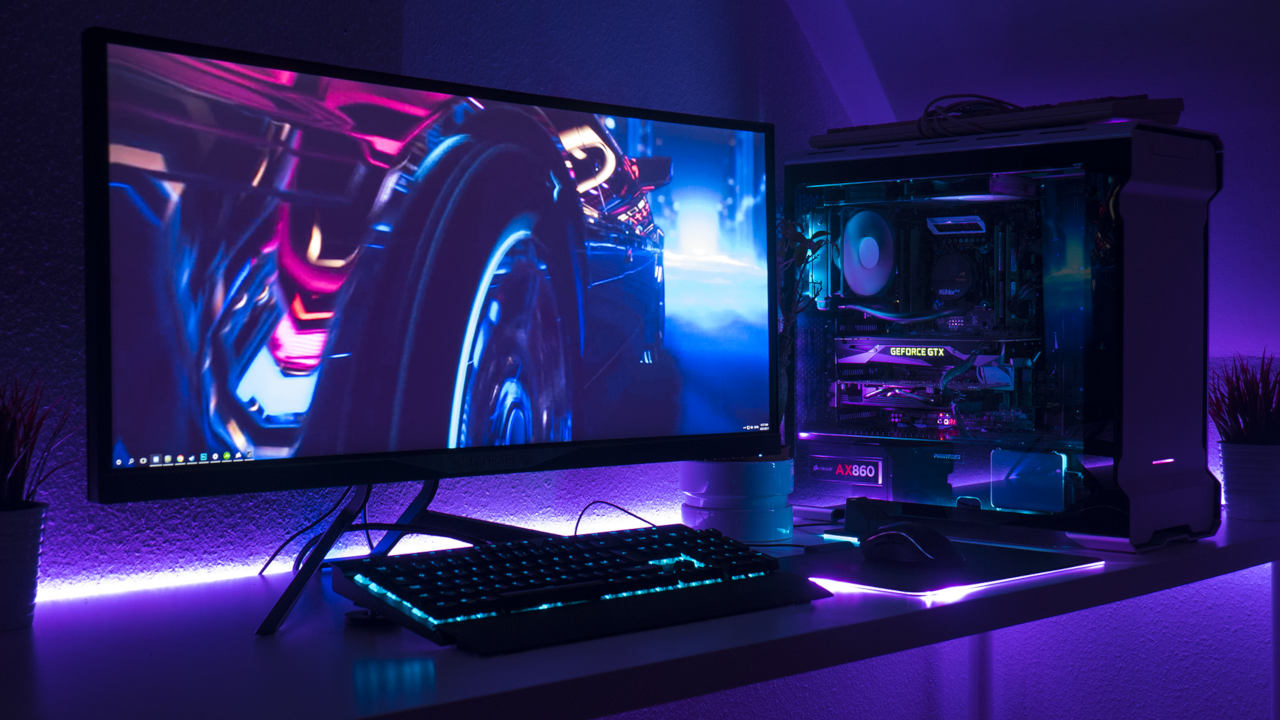Workstation pc are specialized desktop computers with advanced hardware for graphics-heavy applications. However, the ever-increasing capabilities of mainstream laptop and desktop computers have largely reduced the distinction between these types of machines. For ordinary business tasks like analyzing spreadsheet data or fielding Zoom calls, a standard laptop or desktop can suffice. But when it comes to complex software, architecture and engineering, and Hollywood-level content creation, a workstation offers the best performance. CPU From media and entertainment to software engineering to architecture and engineering, professionals across industries need a workstation with massive processing power to accelerate their workflows. Workstations provide out-of-the-box reliability and optimized performance, along with the expandability and scalability to meet future business needs. Workstation PCs can be mobile laptops, desktop towers, or rackmount systems, but despite their different form factors, they all share the same core technologies. Workstations are usually powered by x86-64 processors and can run multiple operating systems. The long hours of resource-intensive computing increase the risk for memory errors that can cause lag or even the dreaded black screen of death (BSOD). To combat these errors, workstations use error-correcting code (ECC) memory, which can detect and fix single-bit memory corruption in real-time without interrupting sensitive processes. GPU Workstations need to handle more data than standard PCs, and this requires a powerful CPU that’s capable of handling multiple tasks simultaneously. Discrete GPUs are also critical, especially for visual-intensive applications like CAD and video editing. You can add a GPU to a workstation by connecting it via a PCIe riser. This high-speed interface is offered in a variety of expansion slots and desktop risers. Some systems have built-in graphics cards that can handle basic computing, but discrete ones are better for demanding applications. Intel remains the dominant workstation processor, but AMD’s Ryzen Threadripper chips deliver more cores than Xeons in a single socket. You can choose between these brands to get the performance you need for your application. A RAID system backs up your data so that even a rare hardware failure won’t wipe out all of your hard work. RAM RAM is one of the most important components for determining your computer’s speed and performance. It’s available in several different capacities and speeds (gigabytes and gigahertz). For workstations, it is recommended that you use ECC memory, which is more resistant to data corruption. The more RAM your computer has, the more complex tasks it can perform simultaneously. Increasing RAM allows your computer to multitask without excessively swapping between memory and the hard drive, which slows down processing speed. Your RAM is like a digital countertop, where your computer keeps the data it needs to quickly access, whereas files stored on a hard disk are accessed much slower. This makes RAM the best choice for storing temporary files and applications. Storage A workstation’s storage consists of solid-state drives (SSD), often in M.2 or 2.5-inch formats, which offer higher capacities than traditional desktop PC hard disks. Some high-end workstations also offer hot-swapping bays, which allow internal SSDs or 3.5-inch hard drives to be swapped out while the computer is running—useful if having lots of local storage is important or if data needs to be moved between different computers quickly. Workers in cutting-edge workflows like 3D design, video editing, and data science need a powerful machine they can rely on. Look for a workstation with expandability that allows you to upgrade its memory, hard disks, and GPUs. It’s best to choose a model with OEM-secured system software certifications from leading industry software companies, too. These help ensure that the machine will operate as intended with a minimum of bugs and issues. Motherboard The motherboard is the central backbone of a computer that distributes power to various components and maintains an interface between them. It has multiple expansion slots and connectors for connecting external devices. Motherboards come in different sizes depending on the type of computer. Standard ATX motherboards are found in most desktop computers while mini-ATX and micro-ATX boards are used in small form factor PCs. The motherboard also has memory slots where RAM is installed. The type of RAM you choose will determine how much processing power your workstation can handle. If you need your workstation to run for long periods of time, consider upgrading to error-correcting code (ECC) memory. This technology fixes single-bit errors that can cause a crash, ensuring uninterrupted operation and saving you valuable data.
Posted inBusiness
What You Need to Know About a Workstation PC




